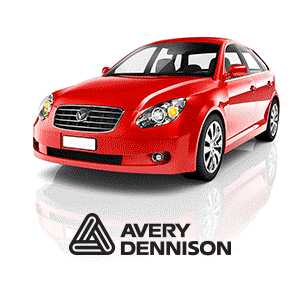Introduction:
Vehicle homologation is a complex process that involves meeting various regulations and standards. In this chapter, we will discuss the different regulations and standards that vehicles must comply with, both nationally and internationally.
National Regulations:
Each country has its own set of regulations and standards that vehicles must meet in order to be homologated. These regulations are designed to ensure that vehicles are safe, environmentally friendly, and meet the needs of the local market.
In the European Union, the European Commission is responsible for developing and implementing the regulations and standards that vehicles must comply with. In order to be homologated, vehicles must comply with the European Type Approval System (E-Mark). The E-Mark is a certificate that proves that a vehicle complies with all of the relevant regulations and standards.
International Regulations: Euro-certificat.com .
In addition to national regulations, there are also international regulations that vehicles must comply with. The most important of these is the United Nations Economic Commission for Europe (UNECE) Regulation No. 6. This regulation sets the standards for the construction, safety, and environmental performance of vehicles.
UNECE Regulation No. 6 covers a wide range of topics, including:
- Vehicle structure
- Occupant protection
- Pedestrian protection
- Brakes
- Lights and visibility
- Noise emission
- Emissions control
- Tyres
In order to comply with UNECE Regulation No. 6, vehicles must undergo a series of tests and assessments. The results of these tests are then used to determine whether the vehicle complies with the regulation.
Example:
To give an example of the complexity of international regulations, consider the testing of vehicle emissions. In order to comply with UNECE Regulation No. 6, vehicles must undergo a series of emissions tests, including:
- The New European Driving Cycle (NEDC) test
- The Worldwide harmonized Light vehicles Test Procedure (WLTP)
- The Real Driving Emissions (RDE) test
Each of these tests is designed to assess the emissions performance of the vehicle under different driving conditions. The results of these tests are used to determine the vehicle’s compliance with UNECE Regulation No. 6.
Conclusion:
Vehicle homologation is a complex process that involves complying with a range of regulations and standards, both nationally and internationally. The regulations and standards are designed to ensure that vehicles are safe, environmentally friendly, and meet the needs of the local market. By complying with these regulations and standards, vehicle manufacturers can ensure that their vehicles are approved for sale in different markets around the world.
Meta Title: Vehicle Homologation Regulations and Standards | National and International Requirements
Meta Description: This chapter explores the different regulations and standards that vehicles must comply with in order to be homologated. From national regulations to international standards, learn about the requirements for vehicle homologation.










